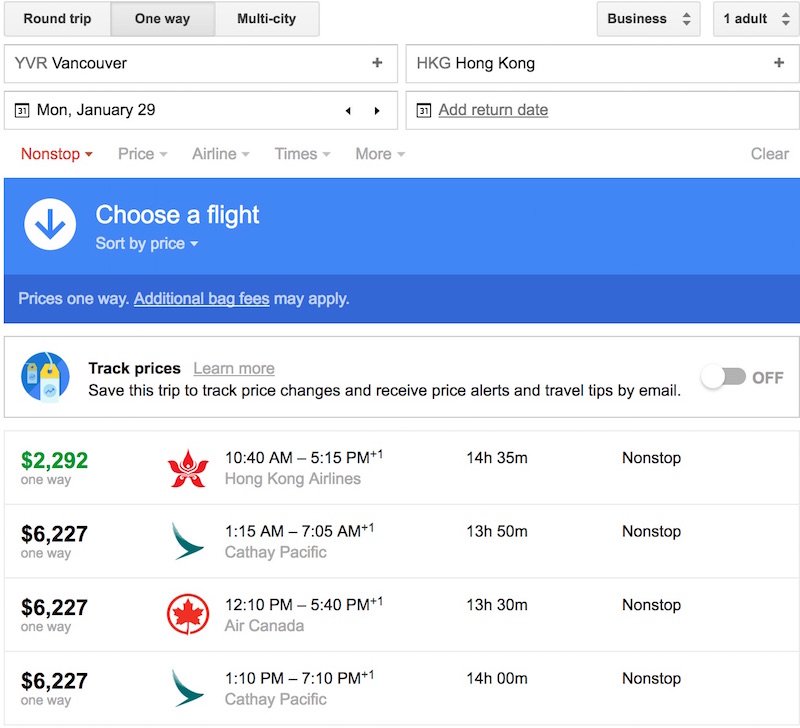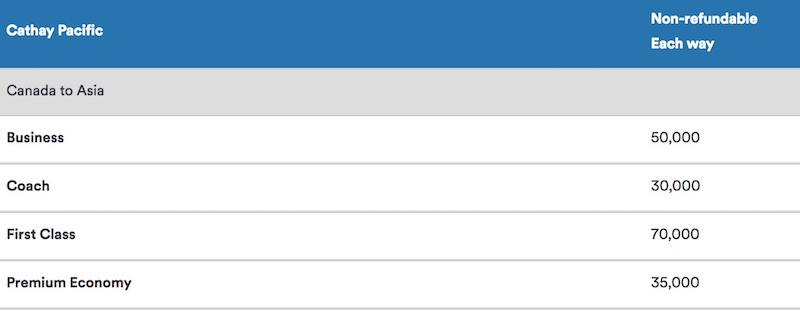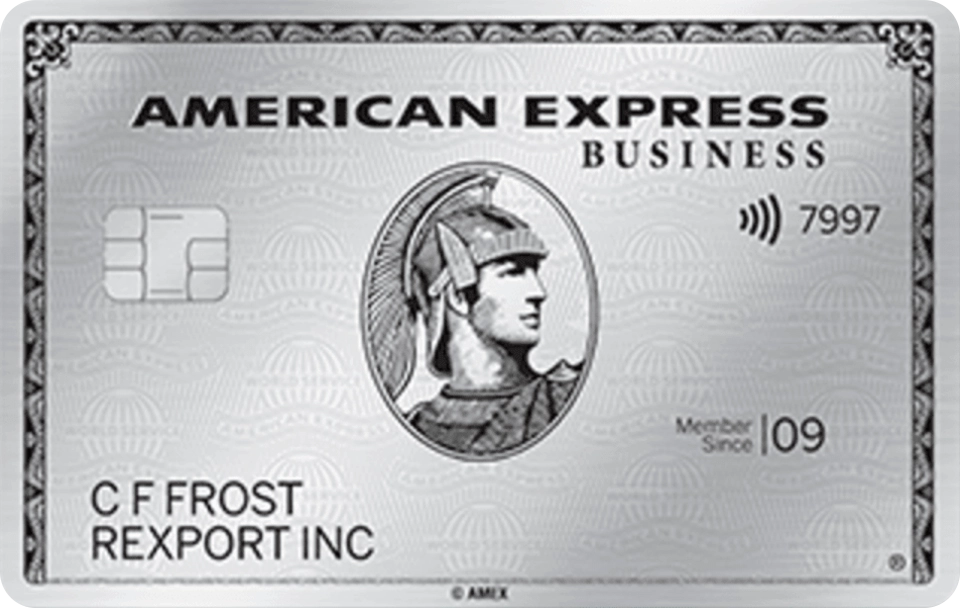Objective:
Gain a basic understanding of airline alliances and partnerships, and how to apply that knowledge to route planning and reward travel
Learning Outcomes:
- Learn the basics of airline alliances and partnerships, and why they are important to the travel industry
- Learn the ‘big 3’ alliances, and participating airlines
- Understand how to use alliances to your advantage when planning reward travel
Suggested Prerequisites:
- Beginners Guide
- Using Google Flights To Search Route Networks
Introduction
In short, an airline alliance is an agreement between a group of airlines to participate on various operational levels, including codeshare flights, ticketing, scheduling, and access to partner award seats. Alliances benefit both the passenger and the airline by providing optimised route networks, access to more destinations, and reciprocal benefits and earning potential in partner reward programs. Some examples of passenger benefits include:
- More destinations worldwide, as opposed to a specific route network of any given airline
- Shorter overall travel time as a result of strategically planned connection times
- Access to partner reward programs, and award seats
- Access to partner airport lounges
- Ability to credit miles from from flown airline to your program of choice within the alliance (example flying United Airlines and crediting miles to Aeroplan).
While most large airlines belong to one of the big 3 alliances, there are some airlines, such as Alaska Airlines, that have specific partnerships with different airlines. For the purpose of award travel, partnerships operate much the same as alliances, with the ability to earn miles on partner flights and access partner award seats.
The Big 3 Airline Alliances You Need To Know
While there are many alliances and partnerships around the world, most major airlines fall into the ‘big 3’ which include:
- Star Alliance
- SkyTeam
- Oneworld
Star Alliance:
Perhaps the most significant program to Canadians, Star Alliance is currently the largest airline alliance worldwide with 28 airlines working together to cover the globe. Air Canada and United Airlines are current members, making this a very important alliance for Canadians to consider when deciding where to focus their efforts in collecting miles. Current Star Alliance members include (in alphabetical order with home country in parenthesis):
- Adria Airways (Slovenia)
- Aegean Airlines (Greece)
- Air Canada (Canada)
- Air China (China)
- Air India (India)
- Air New Zealand (New Zealand)
- All Nippon Airways (Japan)
- Asiana Airlines (Korea)
- Austrian Airlines (Austria)
- Avianca Airlines (Colombia)
- Brussels Airlines (Belgium)
- Copa Airlines (Panama)
- Croatia Airlines (Croatia)
- EgyptAir (Egypt)
- Ethiopian Airlines (Ethiopia)
- EVA Air (Taiwan)
- Juneyao Airlines (China)
- LOT Polish Airlines (Poland)
- Lufthansa (Germany)
- SAS Scandinavian Airlines (Sweden, Norway, Denmark)
- Shenzhen Airlines (China)
- Singapore Airlines (Singapore)
- South African Airways (South Africa)
- Swiss (Switzerland)
- TAP Portugal (Portugal)
- Thai Airways (Thailand)
- Turkish Airlines (Turkey)
- United Airlines (United States of America)
SkyTeam:
The second largest alliance of the big three, SkyTeam offers a good global network but offers less value to Canadian travelers due to the limited ways to accrue program miles outside of travel with partner airlines. Partner airlines include:
- Aeroflot (Russia)
- Aerolineas Argentinas (Argentina)
- AeroMexico (Mexico)
- Air Europa (Spain)
- Air France (France)
- Alitalia (Italy)
- China Airlines (Taiwan)
- China Eastern (China)
- China Southern (China)
- Czech Airlines (Czech Republic)
- Delta (United States of America)
- Garuda Indonesia (Indonesia)
- Kenya Airways (Kenya)
- KLM Royal Dutch Airlines (Netherlands)
- Korean Air (Korea)
- MEA Middle East Airlines (Lebanon)
- Saudia (Saudi Arabia)
- TAROM (Romania)
- Vietnam Airlines (Vietnam)
- Xiamen Air (China)
Oneworld:
The third largest alliance, oneworld can be of significant value for Canadians despite it having the fewest partner airlines of the big 3. While not entirely obvious, some oneworld partner airline programs can offer tremendous value for Canadians with the ability to transfer from various Canadian credit cards. Partner airlines include:
- Air Berlin (Germany)
- American Airlines (United States of America)
- British Airways (United Kingdom)
- Cathay Pacific (Hong Kong)
- Finnair (Finland)
- Iberia (Spain)
- Japan Airlines (Japan)
- LATAM Airlines (Chile)
- Qatar Airways (Qatar)
- Malaysia Airlines (Malaysia)
- Qantas (Australia)
- SriLankan Airlines (Sri Lanka)
- Royal Jordanian (Jordan)
- S7 Airlines (Russia)
Airline Partnerships
Much like alliances, airline partnerships allow for some unique cooperation between certain airlines, but the rules for mileage redemptions and partner benefits can be somewhat inconsistent. One notable airline for Canadians to consider is Alaska Airlines, which doesn’t belong to any alliance but has 18 partner airlines from all three alliances. Furthermore, Alaska has some of the best reward redemptions on partner airlines to various destinations around the world.
How To Use Your Travel Points Better With Airline Alliances
The most important aspect of airline alliances is the opportunity to fly globally using a specific airline program, even though that airline may not have flights operating the route. While any of the 3 big alliances will be able to get you nearly anywhere in the world, there will be vast differences in mileage requirements and taxes/fees on some award tickets. Furthermore, not all program miles are easy to attain, which needs to be considered when planning reward travel.
Using alliances and partnerships to your advantage when booking reward travel requires the following knowledge:
- Have a basic understanding of airline alliances, and which ones major airlines belong to (specifically those which service your home airport).
- Know how to read and reference program reward charts to find the best available reward pricing for your desired destination.
- Know how to search for award space using different program search tools, including how to search segment by segment for multi-city itineraries.
- Know how to use Google Flights to search route networks for various airlines and alliances before searching for specific award space.
Let’s use a relatively easy example:
Tyler wants to travel between Vancouver and Hong Kong on January 29th. Using Google Flights, he sees that Air Canada, Cathay Pacific, and Hong Kong Airlines offer direct flights between Vancouver and Hong Kong.

He decides to focus his efforts on Air Canada and Cathay Pacific since they belong to Star Alliance and oneworld, respectively. Air Canada is a member of Star Alliance, so Tyler can choose any of the Star Alliance partner programs to book his travel with points. Being in North America, the two likely programs are Air Canada Aeroplan or United Airlines Mileage Plan. The cost in points is similar, with Air Canada charging 75,000 points one-way in business class, and United charging 80,000. However, since Aeroplan is a transfer partner of American Express Membership Rewards and United Airlines Mileage Plan is not, Tyler decides Aeroplan points are easier to acquire and decided to use that program to book.

For Cathay Pacific, Tyler can choose to book with any oneworld alliance member or partner airline. He starts by using the British Airways award booking tool to search for available space and finds availability using British Airways Avios points, which comes in at 90,000 points plus taxes and fees.

While British Airways is a great place to search for availability on oneworld partners, using avios is not good value for this specific flight (or any long-haul flights) so Tyler consults other oneworld and Cathay Pacific partner airlines for the best available pricing. In this case, Alaska Airlines Mileage Plan offers one-way awards to Hong Kong on Cathay Pacific for only 50,000 miles!

In this example, the taxes and fees are similar regardless of the program used, but the mileage requirement varies between 50,000 and 90,000 miles, highlighting why airline alliances and partnerships are important to consider when planning your reward travel.

Hi Tyler, quick q. toward the end you concluded Alaska airlines offers the best deal at 50k miles on cathay. so which airline website do you go to to book this flight? If I have the signup 50k amex points to begin with, for this particular example, which airlines rewards program should I transfer to? Is it Avios? and since Avios is part of the oneworld alliance, I can go to Alaska Airlines website to book the flight with Avios points? or i need to somehow convert Avios to Alaska Airlines rewards points somewhere? appreciate your comments. thanks
Hi Sen,
So once you get your 50k American Express signup bonus, you can transfer your Amex Membership Rewards to British Avios. Then I like to search for award availability on aa.com. You won’t be booking through their site, they just have a good search tool. You’ll want to search for a one way departing flight using points, then do a separate search for your return flights. In your search, you’ll want to look for Alaska Airlines direct flights that are either Economy MileSAAver or Business/First MileSAAver. Once you’ve found the flights that work for you, just right down the details (flight number, times, departing airport, returning airport). Then you’ll need to call British Airways at 1-800-452-1201 and make the booking. Just give the rep the flight information that you found on aa.com. The booking can’t be made online, you must phone, so if they try to charge you a phone booking fee ($30), just politely say there wasn’t an option to book online, and they should waive it. I hope that helps, happy travels!
Thanks, Britt